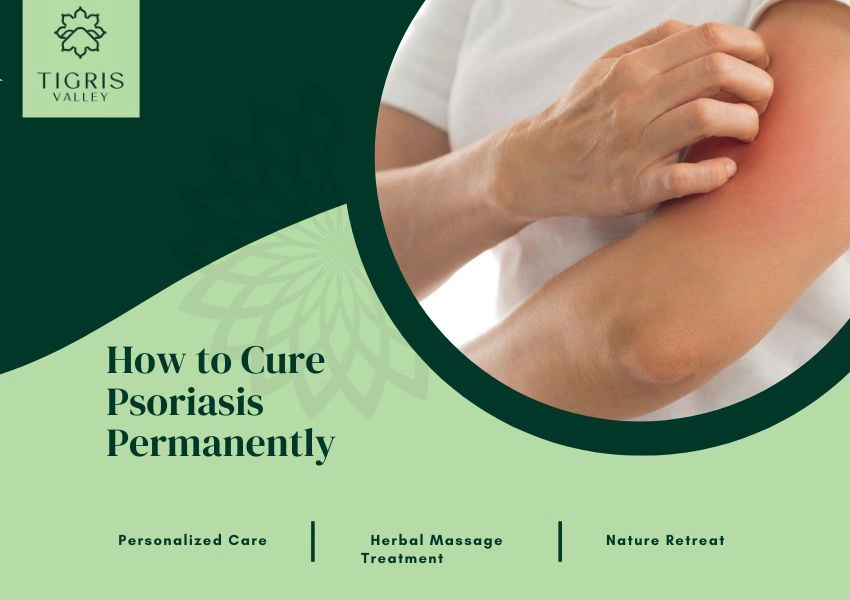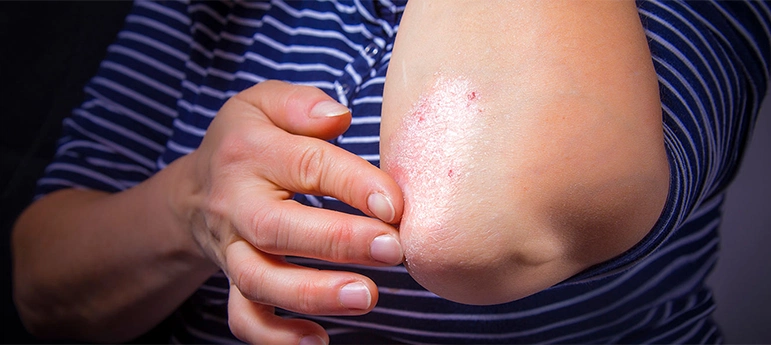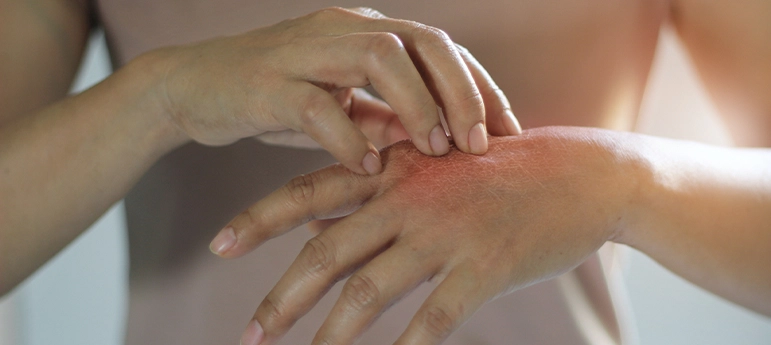Ayurvedic Insights into Back Pain Relief Treatment
Back pain is a common ailment that affects people across various age groups and lifestyles. Its impact can range from mild discomfort to debilitating pain, significantly affecting daily activities. This comprehensive guide aims to delve into the intricacies of back pain, exploring its causes, methods of diagnosis, and the array of treatments available to provide relief and restore quality of life.
Back pain relief can be achieved through a combination of treatments, including physical therapy, chiropractic care, and acupuncture. These approaches focus on addressing the root causes of pain, improving mobility, and strengthening supporting muscles. Additionally, lifestyle changes such as regular exercise, ergonomic adjustments, and stress management can enhance recovery. By adopting a detailed treatment plan, people can find effective and lasting relief from back pain.
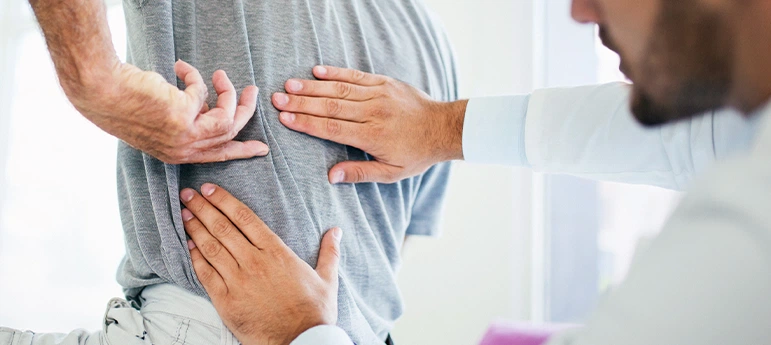
Causes of Back Pain:
1. Muscle Strain and Sprains: Overexertion, improper lifting techniques, or sudden movements can lead to muscle strain or sprains, causing back pain.
2. Structural Issues: Conditions such as herniated discs, degenerative disc disease, and spinal stenosis can contribute to chronic lower back pain.
3. Poor Posture: Prolonged periods of sitting with poor posture, especially in office environments, can strain the spine and contribute to pain.
4. Injuries: Accidents, falls, or trauma can result in injuries to the spine or surrounding tissues, leading to back pain.
5. Arthritis: Osteoarthritis or inflammatory arthritis affecting the spine can cause pain and stiffness in the lower back.
Simple Habits for a Pain-Free Lifestyle
Back pain can be a common consequence of our daily routines, but adopting a few lifestyle changes can make a significant difference in promoting a healthy spine. Here are some quick and practical habits to integrate into your daily life:
1. Stress Reduction: Stress-reducing activities, such as meditation or deep breathing exercises, can be incorporated into Ayurvedic back pain treatments. Stress can contribute to muscle tension, aggravating back pain.
2. Ergonomic Workspace: Arrange your workspace to support good posture. Ensure your chair and desk are at the right height, and position your computer monitor at eye level to reduce strain.
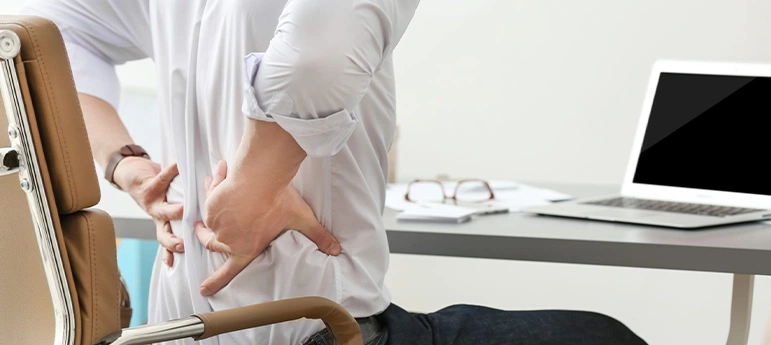
3. Mindful Posture: Be conscious of your posture while sitting, standing, and walking. Ensure your spine is in a neutral position, and make adjustments to your workspace for ergonomic support.
4. Regular Stretching: Incorporate short stretching breaks into your day, especially if you have a desk job. Stretching helps prevent stiffness and promotes flexibility in the muscles supporting your spine.
5. Stay Active: Engage in regular, low-impact exercises like walking, swimming, or yoga. Strengthening your core muscles provides essential support for your back.
6. Comfortable Footwear: Invest in supportive, comfortable shoes to maintain proper body alignment and reduce the impact on your spine during daily activities.
7. Quality Sleep: Choose a mattress and pillows that provide proper support for your spine. Good quality sleep is crucial for overall health, including the well-being of your back.
Diagnosis of Back Pain:
1. Medical History and Physical Examination: Healthcare professionals begin by taking a detailed medical history and conducting a physical examination to identify potential causes and areas of pain.
2. Imaging Tests: X-rays, MRIs, or CT scans may be ordered to visualize the structures of the spine and identify any abnormalities or conditions contributing to the pain.
3. Blood Tests: In some cases, blood tests may be conducted to rule out systemic conditions or infections that could be causing the lower back pain.
4. Diagnostic Injections: Local anesthetic injections into specific areas of the spine can help identify the source of pain and confirm a diagnosis.
Prevention through Ayurveda:
1. Herbal Remedies:- Tigris Valley, Ayurveda Retreat in Kerala harnesses the healing power of herbs such as Ashwagandha and Guggul, known for their anti-inflammatory properties. These natural remedies help manage pain.
2. Yoga and Pranayama:- Incorporating specific yoga postures and controlled breathing exercises into daily routines strengthens the core muscles, improves posture, and enhances overall spinal health.
3. Ayurvedic Massages:- Through therapeutic oil massages, like the traditional Abhyanga, provide targeted relief to the lower back. These massages help alleviate muscle tension, improve circulation, and promote overall well-being.

4. Panchakarma Treatment:- The Panchakarma detoxification process, provided in Tigris Valley according to Ayurvedic principles, assists in the elimination of toxins that contribute to back pain while restoring overall balance in the body.
5. Kizhi and Pizhichil:- Ayurvedic therapies like Kizhi (herbal poultice massage) and Pizhichil (oil bath) are tailored to address spinal issues, providing targeted relief and promoting overall spinal health.
Tigris Valley offers a comprehensive and personalized approach to the prevention and treatment of back pain. By combining lifestyle modifications, herbal remedies, and traditional therapies, our Ayurvedic practitioners aim to not only manage the symptoms but address the root causes, providing lasting relief and promoting overall well-being. Seeking guidance from our experienced professionals ensures a tailored and effective approach to ayurvedic pain management.


